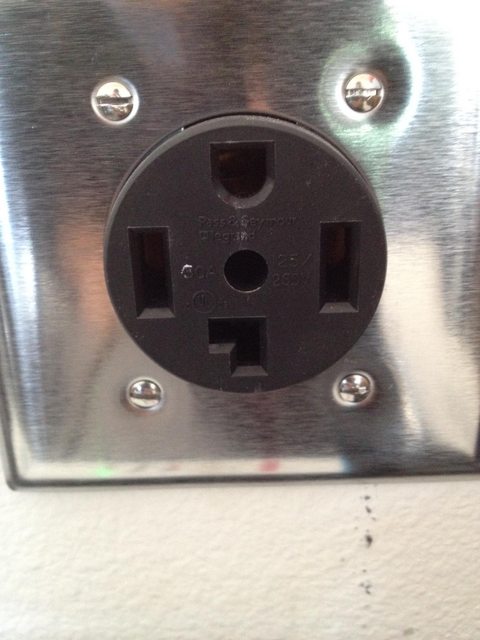Ingineer
Well-known member
I've used my "Quick240" for over a year with my Plug-in Prius, and now with the Leaf, and I've never once tripped a breaker by overloading it. However, I have unwittingly plugged the unit into several outlets that were protected by GFCI's, and of course they immediately trip. Though outside of those few, I've always pulled 16A with no trips. The only real worry is a shared circuit, say you plug it into a line that shared with a fridge. This is going to be a problem regardless of 12/16A, it will probably trip. Try to be vigilant and look for unloaded circuits.
For me most of these opportunity charges are from 1 to 4 hours, so the 25% increase in charge speed by having rev2 is definitely appreciated!
-Phil
For me most of these opportunity charges are from 1 to 4 hours, so the 25% increase in charge speed by having rev2 is definitely appreciated!
-Phil




